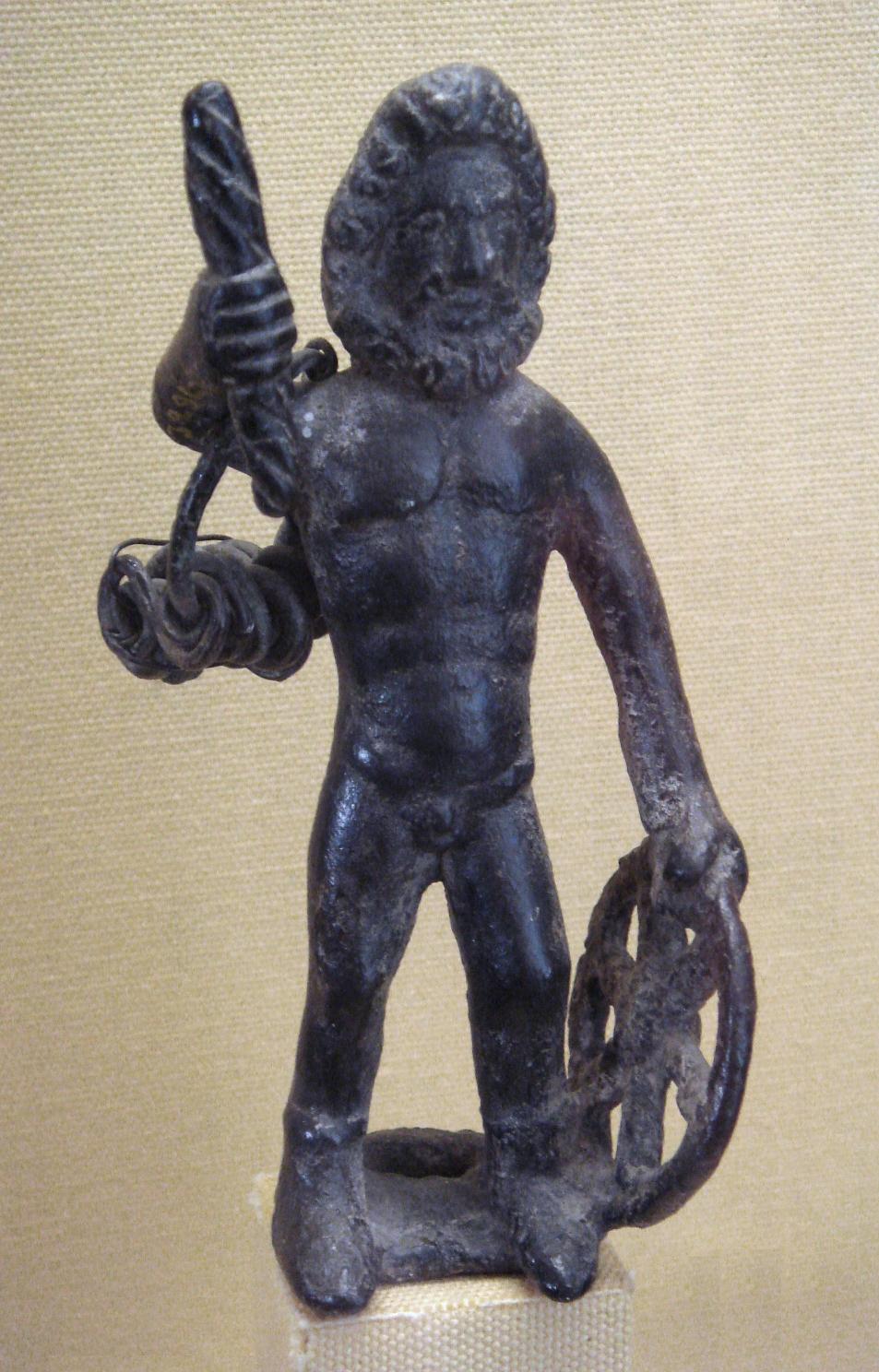One of my favorite video games, as many of you have probably guessed, is the Rome: Total War series. In the expansion Barbarian Invasion, the game begins with the announcement that Paganism is the most popular religion in the known world. This always gives me a good chuckle because it is similar to saying that Soccer is the most popular sport in the world. While it is technically true, it doesn't mean that fans of rival teams are united in their love for soccer and agree on everything. The term Paganism is a bit misleading because there were so many different deities and forms of worship that to group the Roman practice of sacrificing bulls to Jupiter or Mars with the Germanic practice of sacrificing people by drowning them in a bog seems a little bit uneven. Thus, even the label Pagan itself becomes somewhat fluid, under the proper microscope.
The Gauls were a constant thorn in Rome's side, always pillaging and competing with the northern Italians for food, water, trade, and money. The Romans never really forgave them for sacking their fair city around 390 BCE after the crushing defeat of their Phalanx at the Battle of the Allia, and many young politicians would cut their teeth by campaigning against the savage barbarians to the north. When they finally conquered most of the Gaul territory, as seen in the image below, they syncretized their religion to match up with the Greco-Roman Pantheon.
Yellow=starting point
Light Green=furthest expansion
Dark Green=areas where languages
descended from Gallic are still spoken
Because we have few written records of the Gallic religion before the Roman conquest in the 50's BCE, it is difficult to assess their exact rituals and procedures. We know they engaged in human sacrifice, and Julius Caesar himself would have us believe that a funeral for a Gallic noble involved his family and slaves being burned with their deceased patriarch inside a large wooden man. However, the Romans are fond of exaggeration, and since they were hostile to the Gauls, we can't completely trust their historians to shoot straight.
We do know that there were some gods who were 'national' in the sense that Gauls from Spain to the Balkans would worship them. These included Toutatis, Esus, and Taranis, who were transformed into Mercury, Mars, and Jupiter after the Roman conquest. However, they also had regional deities and familial patron gods to choose from as well. At its core, this religion was animism, but it evolved over time to include anthropomorphic gods as well, largely thanks to Roman influence.
Taranis Jupiter, holding a Gallic chariot wheel in one hand
and a lighting bolt in the other - syncretastic!
After Rome conquered, the Gauls submitted and ceased their human sacrifices. Druids, the mysterious oracles of the Gallic religion, fled to Germania and Northern Britannia to continue their strange and unrecorded practices. The conquest of the Gauls and the destruction of their religion marked the end of the old days of Western European nomads and the beginning of a more urban, administrative era. At least, until the Eastern tribes migrated toward the Atlantic, bringing with them a similar form of Pagan animism and mysterious ceremonies.
Pax vobiscum



No comments:
Post a Comment